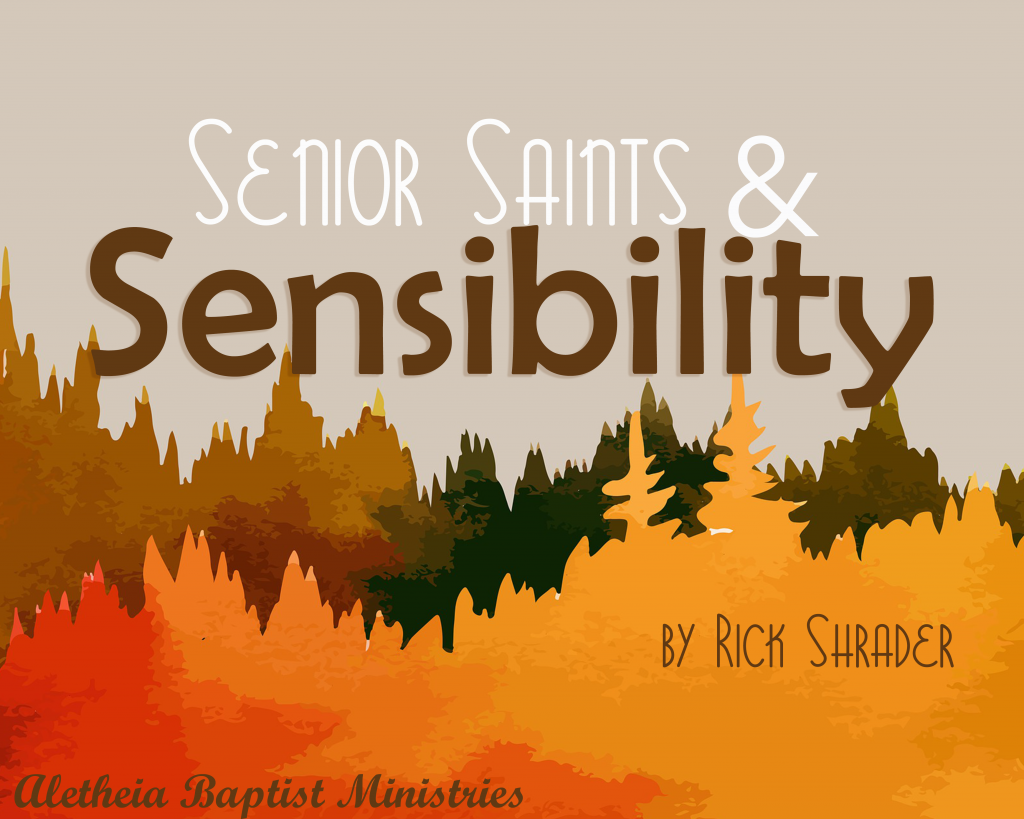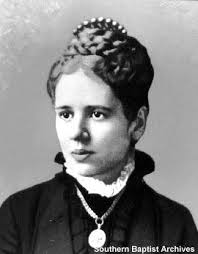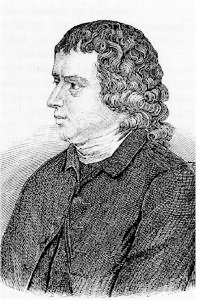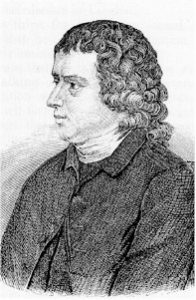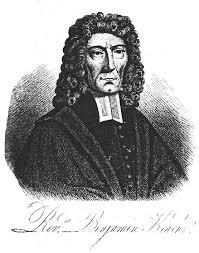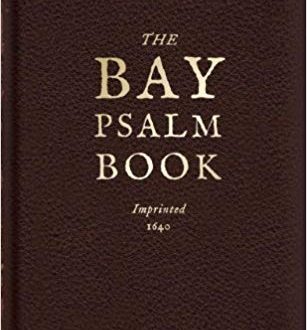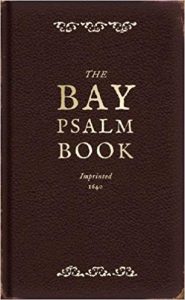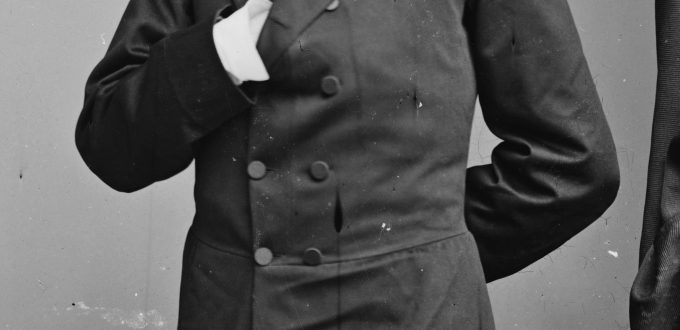Annie Sherwood Hawks
by Terry Conley

(1835 – 1918)
Annie Sherwood Hawks was born May 28, 1835, in Hoosick, New York, to Marvin and Carolyn Bradt Sherwood. From an early age she was an avid reader and poetry writer. Her first poem was published in a newspaper when she was 14, and many more poems followed in the local papers. Following her marriage to Charles Hawks, and their move to Brooklyn, NY in 1859, Annie’s life centered around her home and growing family. She became a busy wife and mother with their three children. But, she also stayed busy with her writing. She and her husband soon joined Hanson Place Baptist Church whose pastor was Dr. Robert S. Lowry. He was a noted hymn writer and composer who encouraged Annie to use her talent for God. He made the promise that if she would write the words, he would write the music. This promise eventually led to more than 400 hymns, mostly for Sunday School, being written by Annie with Dr. Lowry adding the music and refrain. Dr. Lowry was one of the first composers to encourage the use of refrains. He believed that a refrain helped to remember the song and it also made it easier for the younger Sunday School classes to sing. Out of more than 400 hymns, the only song Hawks is credited with writing that is still in use today is “I Need Thee Every Hour.” In Baptist Hymn Writers and Their Hymns (1888), the author, H. S. Burrage lists “What Can Wash Away My Stain” as one of her popular hymns at that time. This song is now published with the word “Sin” replacing “Stain” and is generally credited to Robert Lowry but the song is not included in a list of his popular songs in the same publication.
There was nothing memorable that led to the writing of the hymn. Annie later wrote, “I remember well, the morning when in the midst of the daily cares of my home, I was so filled with the sense of the nearness of the Master, that wondering how one could live without him either in joy or pain, these words “I Need Thee Every Hour” were ushered into my mind and the thought at once taking full possession of me. The hymn was wafted out to the world on the wings of love and joy, rather than under the stress of great personal sorrow. It was not until long years after when the shadow of a great loss fell over my way that I understood something of the comforting in the words I have been permitted to write.”
The hymn was first introduced at the National Baptist Sunday School Convention in Cincinnati, Ohio, on November 20, 1872. Reports are that it was one of the most popular songs sung. A few months later Ira Sankey introduced the song at a Moody Campaign meeting in Chicago during the time of the World’s Fair. The song was published in the song book, Royal Diadem for the Sunday School, a collection compiled by Robert Lowry and William Doane. When it was first published, the hymn was headed by a portion of John 15:5, “Without Me you can do nothing.”
Following her husband’s death, she moved to Bennington, Vermont to live with her daughter and son-in-law. She died there on January 3, 1918, and is buried at the Hoosick Rural Cemetery.
That verse in John 15 is still an appropriate foundation for our life and the personal relationship with God it brings us to. It is a personal hymn with the phrase “I need thee” repeated 20 times when all five stanzas are sung. Perhaps that is a reason many old hymns are no longer used in our churches. It is something very personal to say to someone, I need you. In this age of having much, we are not taught that God is the supplier of all we have and that we need Him to supply. Perhaps it is difficult to sing words such as “I need Thee, Lord, I need thee. Every hour I need thee” when it appears we have all we need?
This close relationship with Christ stands in stark contrast to the wonderful hymns based upon God’s mighty acts and the theology of the Trinity. Perhaps the Christian life exists somewhere between these two poles of praising the all-powerful God and craving the intimacy of a personal relationship with Jesus.
The chorus provides a fitting conclusion to Annie Hawks’ observations, emphasizing the fact that we need the Lord to bless us in this life.
“I need Thee, O I need Thee;
Every hour I need Thee;
O bless me now, my Savior,
I come to Thee.
Sources
John Julian. A Dictionary of Hymnology (New York: Charles Scribner’s Sons, 1892)
Ira Sankey, My Life and Sacred Songs (Philadelphia: The Sunday School Times Company, 1907)
Albert E. Bailey, The Gospel In Hymns
Henry S. Burrage, Baptist Hymn Writers and Their Hymns
Charles S. Nutter, Hymn Writers of the Church
History of Hymns, C. Michael Hawn,
101 more Hymn Stories, 1985, Kenneth W. Osbeck
